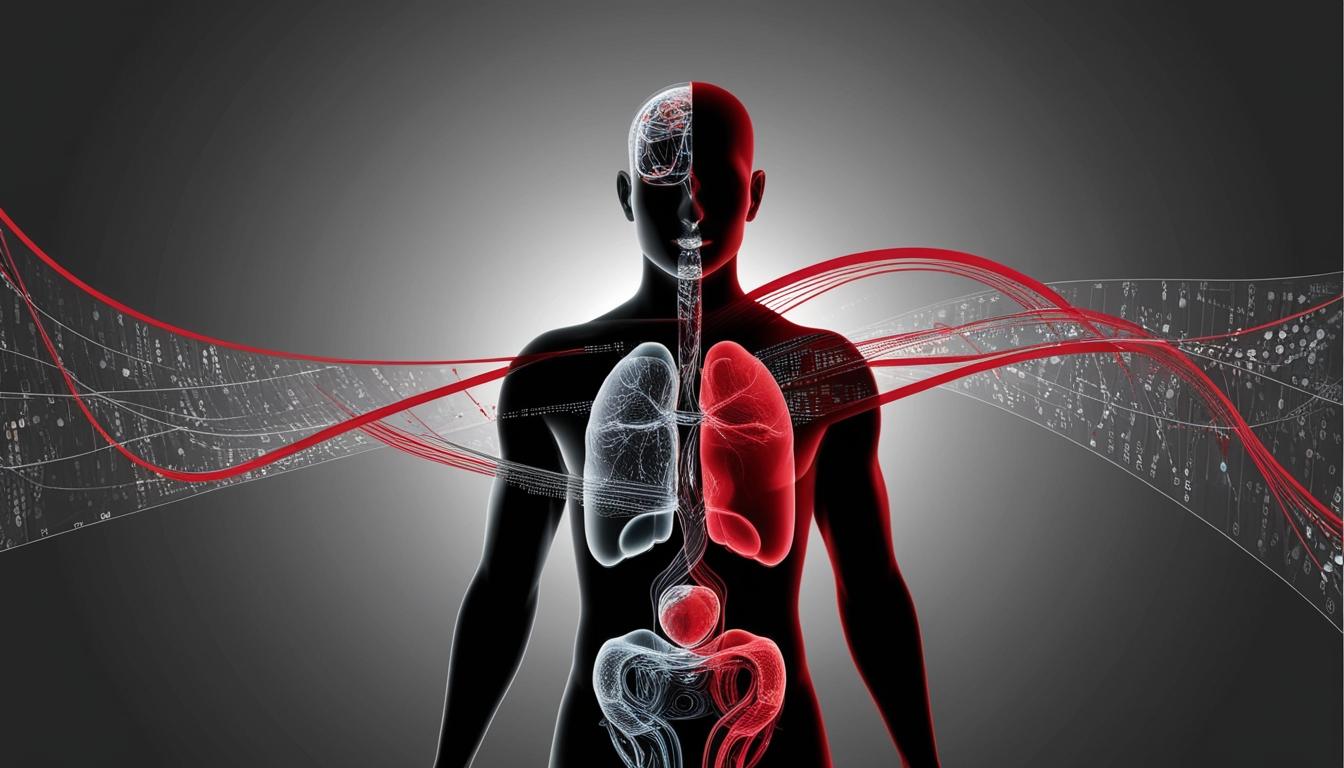Researchers are exploring the concept of a "digital twin," a virtual replica of an individual that would allow healthcare professionals to predict health risks, tailor treatments, and simulate surgical procedures before they occur. This initiative, aimed at creating a whole-body digital representation, is gaining traction in the medical field as advancements in technology pave the way for more personalised healthcare solutions.
The idea of a digital twin incorporates a range of data sources, including multi-system interactions and hierarchical organ system structures, to provide actionable insights. As stated by Colleen E. Clancy, Ph.D., the director of precision medicine and data sciences at the University of California, Davis Health and School of Medicine, “I hope I see it in my lifetime. I think we're on the cusp of real, personalized medicine.”
The development of a digital twin begins with crafting a prototype that accurately represents an individual’s unique physiology. This includes mapping organs, systems, cells, genes, and even the influence of external factors such as environmental conditions and lifestyle choices. Clancy further elaborates on this complexity, stating, “All these pieces live in different parts of a hospital, so to speak. Suddenly we can start to bring all those things together.” Realising this ambition will necessitate collaboration across various sectors, including government, medical institutions, and biotechnological companies.
Current research highlights specific applications of digital twins in clinical settings. At the Trayanova Lab at Johns Hopkins University, scientists create personalised simulations of patients' hearts to refine surgical plans for procedures such as ablation, which is performed to treat atrial fibrillation, an irregular heart rhythm. Roozbeh Jafari, Ph.D., from MIT Lincoln Laboratory, noted, “If it's not actionable there is nothing we can do about it. I can't take your model and apply it to my body and vice versa.” These simulations aim to enhance surgical accuracy and ultimately improve patient outcomes.
Additionally, researchers are looking into the potential of using digital twins to streamline clinical trials. Nidhi Gera, Ph.D., from the National Heart, Lung, and Blood Institute (NHLBI), expressed enthusiasm over this capability, saying, “How can we bring this information together to do clinical trials quickly and effectively?” The utilisation of virtual trials could not only shorten the duration of research phases but also minimise patient exposure to unnecessary testing and expedite access to innovative treatments, particularly for chronic and rare conditions.
The personalisation of preventative care is another area drawing attention. At Stanford University, researchers are examining how to integrate medical imaging with electronic health records to refine risk assessments for cardiovascular disease. Akshay Chaudhari, Ph.D., explained the approach as “taking very high-dimensional data, but making it useful," and reinforcing the idea that these digital simulations could help determine optimal patient interventions.
As digital twin technology continues to evolve, it holds the promise of transforming the healthcare landscape, enabling a more tailored approach to medicine. Clancy encapsulates this sentiment by asserting that, “Now it feels as though we are on the horizon to realise it. To do it in a way that we haven't done before.” The advancements surrounding this concept indicate a significant shift towards a future where personalised medicine becomes increasingly practical and accessible.
Source: Noah Wire Services
